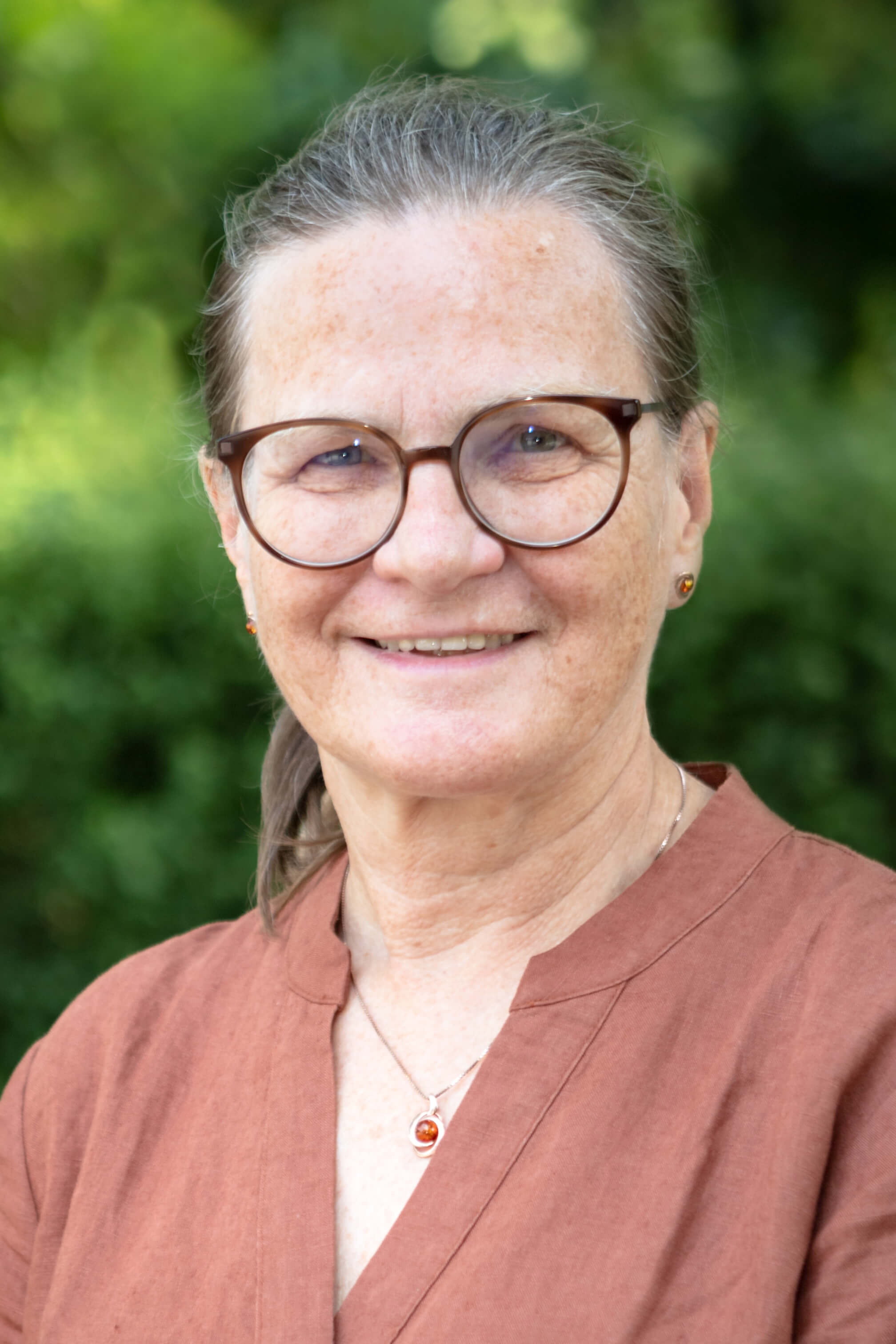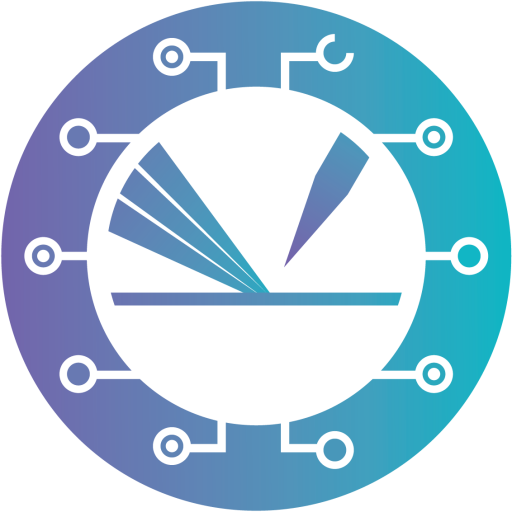
Research interests
Research is focused on investigating the surfaces of metal oxides (e.g., TiO2, Fe3O4, In2O3, ZnO, SnO2, ternary oxides) with scanning probe techniques and surface spectroscopies. The goal is to understand, with atomic-scale detail, the electronic and geometric surface structure (including intrinsic and extrinsic defects), and how these relate to chemical reactivity and surface electrical and magnetic properties. Growth of nanostructures (supported 1D, 2D, and 3D clusters), and epitaxial thin films with the ultimate goal to improve materials functionality in applications. Head of a surface physics research laboratory (together with Schmid) that houses several ultrahigh vacuum chambers with scanning tunneling/force microscopes, surface characterization, and growth (molecular-beam epitaxy, pulsed-laser deposition) facilities, as well electrochemistry (EC-STM and ancillary equipment). Additional experiments are conducted at synchrotron radiation sources. Collaborations with several leading theoretical and experimental groups.
Most relevant scientific results
- Pioneered the use of atomically-resolved STM for directly observing point defects (single O vacancies) on TiO2(110) [1], an approach that was followed by many groups world-wide. Ref. [1] was also one of the first papers that exemplified the prowess of combining STM and DFT for fundamental insights on oxide surfaces.
- Wrote a highly-cited review article [2] that established TiO2 as the prototypical system in oxide surface science, and the relevance of surface-science based, fundamental insights to more applied fields.
- Showed how one can use the STM tip to manipulate subsurface O vacancies [3], opening the pathway to investigate, at the atomic scale, the potential-induced defect migration that is fundamental in solid state electrochemistry and in novel electronic devices such memristors.
- Used microscopy and spectroscopy to provide direct, real-space evidence for electron polarons [4]. Established that the polaronic behavior in the two TiO2 polymorphs rutile and anatase is fundamentally different, and explained the role of polarons in the phase transition to a surface reconstruction on rutile TiO2(110) [7] (together with Franchini and Kresse).
- Conducted surface science studies on well-defined perovskite surfaces. E.g., ref. [5] confirmed the theoretically-predicted, dynamic behavior of a single, dissociated water molecule on a perfect AO-terminated perovskite oxide.
- Adapted the use of UHV-based non-contact AFM for the detailed investigating surface chemistry on metal oxides. Ref. [6] shows how one can judiciously charge single, adsorbed O2 molecules with the AFM/STM, and use local contact potential measurements to evaluate the shift of the electronic states with the presence of additional, charged molecules.
- Showed the direct influence of surface structure on O incorporation at an SOFC cathode model material [8]. This was done by adjusting the surface reconstruction of a prototypical perovskite (SrTiO3(110)), and evaluating the 18O tracer behavior (together with Fleig and Franchini). This study culminated a series of investigations, where the structural evolution of SrTiO3(110) was mapped out with great care, a prerequisite for the mechanistic understanding provided in [8].
- Provided detailed insights into surface polarity, a central concept in oxide surfaces and interfaces. Ref. [9] (together with Franchini) shows how an intrinsically polar oxide, KTaO3(001), undergoes a series of compensation mechanisms when lifting kinetic barriers by raising the sample temperature.
- Devised a methodology of exposing samples to ultrapure water within a UHV environment. This avoiding any spurious contamination that is usually present in the ambient and enables atomically-resolved surface studies. Applying this method showed the likely cause of the light-based, amphiphilic behaviour of TiO2 [10] .
Career
- 2010–present: Full Professor of Surface Science; Deputy Head Institute of Applied Physics
- 2006–2009: Yahoo! Founder Chair in Science and Engineering
- 2001–2009: Full Professor, Department of Physics, Tulane University, New Orleans, LA, USA
- 1999–2001: Associate Professor, Department of Physics, Tulane University, New Orleans, LA, USA
- 1993–1999: Tenure-track Assistant Professor, Department of Physics, Tulane University, New Orleans, LA, USA
- 1990–1993: Post-doctoral Research Associate, Department of Physics, Rutgers University, New Jersey, U.S.A. (Advisor: T.E. Madey)
Education
- 1998: Habilitation in Experimental Physics, TU Wien, Austria
- 1990: Ph.D. in Engineering Physics (Dr. techn.), TU Wien, Austria
- 1986: M.Sc. in Engineering Physics (Dipl.-Ing.), TU Wien, Austria





